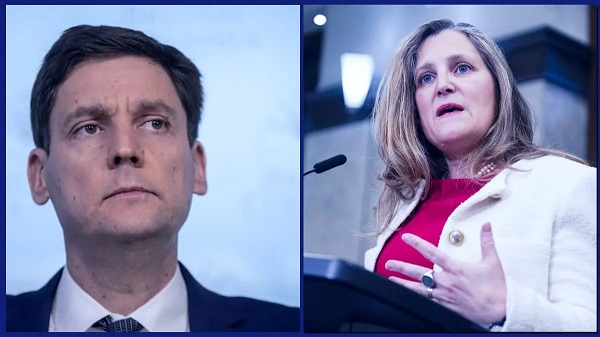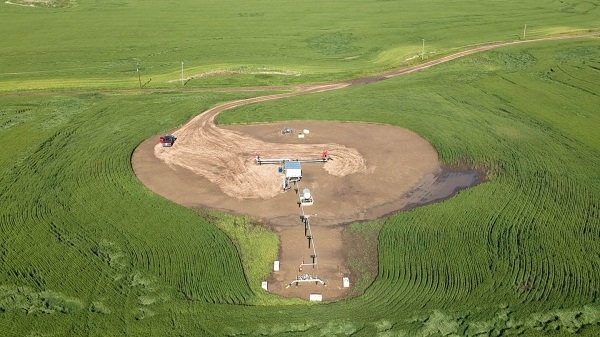Frontier Centre for Public Policy
Canada’s elites suppress freedom of speech on indigenous matters
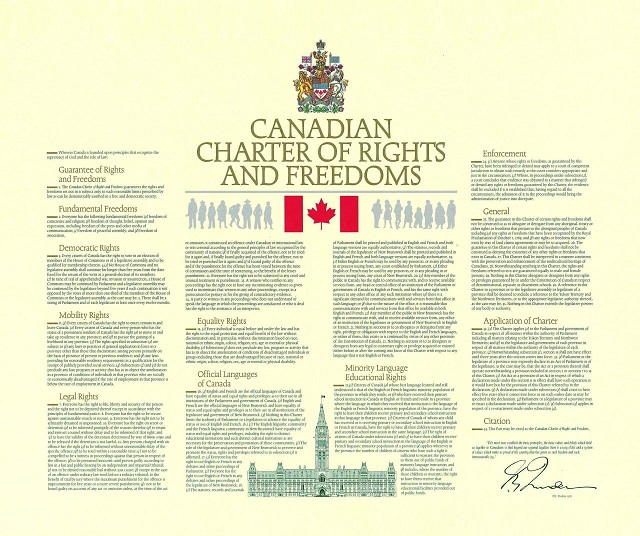
From the Frontier Centre for Public Policy
By Peter Best
Under section 2 of the Charter of Rights and Freedoms, Canadians are guaranteed freedom of thought, belief, and expression. These freedoms are fundamental in our democratic society. In fact, an official government commentary on the Charter states: “In a democracy, people must be free to discuss matters of public policy, criticize governments and offer their own solutions to social problems.”
Given this claim, it is, indeed, a mystery why free speech is protected when people say that Israel’s policies and practices towards the Palestinians are “racist,” but not when they say that Canada’s policies and practices towards Indigenous peoples are “racist.”
When it comes to Indigenous issues, our academic, media, and political elites have a Charter of Rights free speech blind spot. They refuse to allow contrary minded, but enlightened Nelson Mandela-like beliefs to be voiced unless those people want to be labeled as “racist.” Only a few brave souls have been willing to be pillarized by transgressing this “sacred” boundary.
This writer went over this line when he arranged a Chapters book-signing for There Is No Difference, a book that advocates for the greater integration of Indigenous people into Canadian society, only to have the event cancelled by the bookstore who chose silence over free speech. Surprisingly, only one mainstream journalist, Barbara Kay in The National Post, defended my free speech rights.
But I am not alone.
A few years ago, Senator Lynn Beyak dared to say that some good came from residential schools, a view that is, in fact, reflected in the Truth and Reconciliation (TRC) Report, and was shared by eminent Indigenous author and residential school student Basil Johnston in his book, Indian School Days.
For making defensible assertions, Senator Beyak was excoriated by politicians from all parties, and mocked by editorial writers as an ignorant rube. In 2019, she was kicked out of the Conservative caucus, and shortly after she resigned from the Senate.
Associate Professor Frances Widdowson was exercising her “academic freedom,” but, nevertheless, was fired from Mount Royal University in 2021 for challenging the Indigenous status quo. In doing so, the university proved that its core mission was to protect the feelings of Indigenous people and not to challenge fallacies and uphold truth-seeking in a free and open debate.
The same year, an Abbotsford B.C. high school teacher, Jim McMurtry, was fired for saying that most Indigenous children who died in residential schools died because of diseases like influenza and tuberculosis. Even though this fact is reported in the TRC Report, it did not save Mr. McMurtry from unceremonially losing his teaching career.
In 2024, the mayor of Quesnel B.C., Ron Paull, was censured and the nearby First Nations bands boycoted him because his wife — a private citizen in her own right — handed out copies of Grave Error to friends and acquaintances. This book is a scholarly challenge to the “cultural genocide” claimed by the Kamloops Indigenous band.
Also, in 2024, a Manitoba school trustee, Paul Coffey, faced pressure to resign for publicly echoing what Senator Beyak had said a few years earlier.
These cases — and many others — clearly illustrate that no government official, no member of a provincial or territorial legislature, and few mainstream academics and journalists will defend contrary-minded “heretics” exercising their right to free speech, a right that is enshrined in the Canadian Charter of Rights and Freedoms.
In fact, few mainstream news media outlets reported on these stories in a dispassionate and professional way. The CBC, for example, consistently emphasizes the “hurt feelings of the aggrieved,” making their outrage the focus of their reporting. In no media reports has the CBC mentioned the Charter of Rights and Freedoms, implying that Charter protected freedom of speech is no longer relevant in their reporting on Indigenous matters.
Hurt feelings, of course, are irrelevant to academics and journalists because the search for truth always involves controversies that hurt the feelings of some people.
Even more outrageous, the federal government has actively demonized Canadians who challenge misinformation about Indigenous people by proposing to make it a crime for people to engage in what it calls “residential school denialism.” As a result, people who care about the best interests of Indigenous peoples but have contrary-minded views, are afraid to speak up for fear of being called “denialists,” as if they were denying the European Holocaust.
Nevertheless, many Canadians believe that the proper way to advance reconciliation with Indigenous people is to phase out the dependency relationship that has grown since the Indian Act was enacted in 1876. Many also think that Indigenous peoples should be equal with other Canadians—no better, and certainly no worse.
Some Canadians even believe that Canadian governments should not support the United Nations Declaration on the Rights of Indigenous People (UNDRIP) that creates a strong “consult and accommodate” hammerlock on the development of Canadian resources. Similarly, many believe that the “nation to nation” relationship is polarizing citizens leading to ruinous economic and social policies for both Indigenous bands and Canadian society.
Unfortunately, the vast majority of Canadians realize that it is best to keep thoughts like these ones to themselves.
Our elites have breached their fiduciary responsibilities to Canadians. It is a tragedy that they do not encourage other viewpoints. In this respect, Peter Wehner correctly says: “The truths to be discovered are complex and many-sided, and the only way to get to them is by engaging with contrary ideas in a manner approaching dialogue.”
It would be in the best interest of Canadians, if our elites shed their hostility towards those who disagree with them. But to do this, they need to develop the confidence and open-mindedness that the French philosopher Montaigne implied when he wrote: “When I am contradicted it arouses my attention, not my wrath. I move towards the man who contradicts me; he is instructing me. The cause of truth ought to be common to both of us.”
But in discussing Canadian Indigenous issues, the Canadian elites are inexplicably unwilling to grant to others the same Charter of Rights-free speech presumptions that they keep for themselves when they support “anti-Zionists” shouting obnoxious statements and insults. When they do this, they are dividing Canadians, losing our trust, and increasing the grave harm to all Canadians but especially to Indigenous Canadians.
Peter Best is a retired lawyer in Sudbury and the author of There is no Difference which argues that Canada’s laws should be changed to make all Canadians equal under the law, regardless of race.
armed forces
Canada’s Military Can’t Be Fixed With Cash Alone
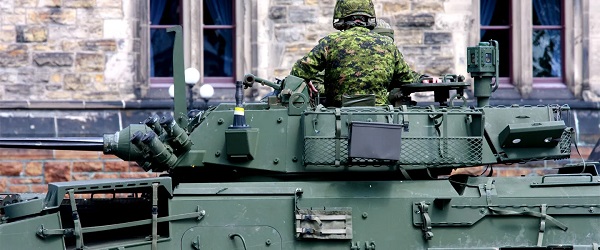
From the Frontier Centre for Public Policy
By Lt. Gen. (Ret.) Michel Maisonneuve
Canada’s military is broken, and unless Ottawa backs its spending with real reform, we’re just playing politics with national security
Prime Minister Mark Carney’s surprise pledge to meet NATO’s defence spending target is long overdue, but without real reform, leadership and a shift away from bureaucracy and social experimentation, it risks falling short of what the moment demands.
Canada committed in 2014 to spend two per cent of its gross national product on defence—a NATO target meant to ensure collective security and more equitable burden-sharing. We never made it past 1.37 per cent, drawing criticism from allies and, in my view, breaching our obligation. Now, the prime minister says we’ll hit the target by the end of fiscal year 2025-26. That’s welcome news, but it comes with serious challenges.
Reaching the two per cent was always possible. It just required political courage. The announced $9 billion in new defence spending shows intent, and Carney’s remarks about protecting Canadians are encouraging. But the reality is our military readiness is at a breaking point. With global instability rising—including conflicts in Ukraine and the Middle East—Canada’s ability to defend its territory or contribute meaningfully to NATO is under scrutiny. Less than half of our army vehicles, ships and aircraft are currently operational.
I’m told the Treasury Board has already approved the new funds, making this more than just political spin. Much of the money appears to be going where it’s most needed: personnel. Pay and benefit increases for serving members should help with retention, and bonuses for re-enlistment are reportedly being considered. Recruiting and civilian staffing will also get a boost, though I question adding more to an already bloated public service. Reserves and cadet programs weren’t mentioned but they also need attention.
Equipment upgrades are just as urgent. A new procurement agency is planned, overseen by a secretary of state—hopefully with members in uniform involved. In the meantime, accelerating existing projects is a good way to ensure the money flows quickly. Restocking ammunition is a priority. Buying Canadian and diversifying suppliers makes sense. The Business Council of Canada has signalled its support for a national defence industrial strategy. That’s encouraging, but none of it will matter without follow-through.
Infrastructure is also in dire shape. Bases, housing, training facilities and armouries are in disrepair. Rebuilding these will not only help operations but also improve recruitment and retention. So will improved training, including more sea days, flying hours and field operations.
All of this looks promising on paper, but if the Department of National Defence can’t spend funds effectively, it won’t matter. Around $1 billion a year typically lapses due to missing project staff and excessive bureaucracy. As one colleague warned, “implementation [of the program] … must occur as a whole-of-government activity, with trust-based partnerships across industry and academe, or else it will fail.”
The defence budget also remains discretionary. Unlike health transfers or old age security, which are legally entrenched, defence funding can be cut at will. That creates instability for military suppliers and risks turning long-term procurement into a political football. The new funds must be protected from short-term fiscal pressure and partisan meddling.
One more concern: culture. If Canada is serious about rebuilding its military, we must move past performative diversity policies and return to a warrior ethos. That means recruiting the best men and women based on merit, instilling discipline and honour, and giving them the tools to fight and, if necessary, make the ultimate sacrifice. The military must reflect Canadian values, but it is not a place for social experimentation or reduced standards.
Finally, the announcement came without a federal budget or fiscal roadmap. Canada’s deficits continue to grow. Taxpayers deserve transparency. What trade-offs will be required to fund this? If this plan is just a last-minute attempt to appease U.S. President Donald Trump ahead of the G7 or our NATO allies at next month’s summit, it won’t stand the test of time.
Canada has the resources, talent and standing to be a serious middle power. But only action—not announcements—will prove whether we truly intend to be one.
The NATO summit is over, and Canada was barely at the table. With global threats rising, Lt. Gen. (Ret.) Michel Maisonneuve joins David Leis to ask: How do we rebuild our national defence—and why does it matter to every Canadian? Because this isn’t just about security. It’s about our economy, our identity, and whether Canada remains sovereign—or becomes the 51st state.
Michel Maisonneuve is a retired lieutenant-general who served 45 years in uniform. He is a senior fellow at the Frontier Centre for Public Policy and author of In Defence of Canada: Reflections of a Patriot (2024).
Bjorn Lomborg
The Physics Behind The Spanish Blackout
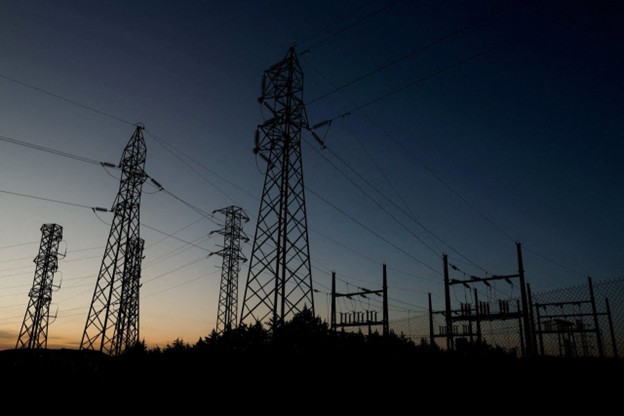
From the Frontier Centre for Public Policy
Madrid knew solar and wind power were unreliable but pressed ahead anyway
When a grid failure plunged 55 million people in Spain and Portugal into darkness at the end of April, it should have been a wake-up call on green energy. Climate activists promised that solar and wind power were the future of cheap, dependable electricity. The massive half-day blackout shows otherwise. The nature of solar and wind generation makes grids that rely on them more prone to collapse—an issue that’s particularly expensive to ameliorate.
As I wrote in these pages in January, the data have long shown that environmentalists’ vision of cheap, reliable solar and wind energy was a mirage. The International Energy Agency’s latest cost data continue to underscore this: Consumers and businesses in countries with almost no solar and wind on average paid 11 U.S. cents for a kilowatt hour of electricity in 2023, but costs rise by more than 4 cents for every 10% increase in the portion of a nation’s power generation that’s covered by solar and wind. Green countries such as Germany pay 34 cents, more than 2.5 times the average U.S. rate and nearly four times China’s.
Prices are high in no small part because solar and wind require a duplicate backup energy system, often fossil-fuel driven, for when the sun doesn’t shine or the wind doesn’t blow. The Iberian blackout shows that the reliability issues and costs of solar and wind are worse than even this sort of data indicates.
Grids need to stay on a very stable frequency—generally 50 Hertz in Europe—or else you get blackouts. Fossil-fuel, hydro and nuclear generation all solve this problem naturally because they generate energy by powering massive spinning turbines. The inertia of these heavy rotating masses resists changes in speed and hence frequency, so that when sudden demand swings would otherwise drop or hike grid frequency, the turbines work as immense buffers. But wind and solar don’t power such heavy turbines to generate energy. It’s possible to make up for this with cutting-edge technology such as advanced inverters or synthetic inertia. But many solar and wind farms haven’t undergone these expensive upgrades. If a grid dominated by those two power sources gets off frequency, a blackout is more likely than in a system that relies on other energy sources.
Spain has been forcing its grid to rely more on unstable renewables. The country has pursued an aggressive green policy, including a commitment it adopted in 2021 to achieve “net zero” emissions by 2050. The share of solar and wind as a source of Spain’s electricity production went from less than 23% in 2015 to more than 43% last year. The government wants its total share of renewables to hit 81% in the next five years—even as it’s phasing out nuclear generation.
Just a week prior to the blackout, Spain bragged that for the first time, renewables delivered 100% of its electricity, though only for a period of minutes around 11:15 a.m. When it collapsed, the Iberian grid was powered by 74% renewable energy, with 55% coming from solar. It went down under the bright noon sun. When the Iberian grid frequency started faltering on April 28, the grid’s high proportion of solar and wind generation couldn’t stabilize it. This isn’t speculation; it’s physics. As the electricity supply across Spain collapsed, Portugal was pulled along, because the two countries are tightly interconnected through the Iberian electricity network.
Madrid had been warned. The parent company of Spain’s grid operator admitted in February: “The high penetration of renewable generation without the necessary technical capabilities in place to keep them operating properly in the event of a disturbance . . . can cause power generation outages, which could be severe.”
Yet the Spanish government is still in denial. Even while admitting that he didn’t know the April blackout’s cause, Prime Minister Pedro Sánchez insisted that there was “no empirical evidence” that renewables were to blame and that Spain is “not going to deviate a single millimeter” from its green energy ambitions.
Unless the country—and its neighbors—are comfortable with an increased risk of blackouts, this will require expensive upgrades. A new Reuters report written with an eye to the Iberian blackout finds that for Europe as a whole this would cost trillions of dollars in infrastructure updates. It’s possible that European politicians can talk voters into eating that cost. It’ll be impossible for India or nations in Africa to follow suit.
That may be unwelcome news to Mr. Sánchez, but even a prime minister can’t overcome physics. Spain’s commitment to solar and wind is forcing the country onto an unreliable, costly, more black-out-prone system. A common-sense approach would hold off on a sprint for carbon reductions and instead put money toward research into actually reliable, affordable green energy.
Unfortunately for Spain and those countries unlucky enough to be nearby, the Spanish energy system—as one Spanish politician put it—“is being managed with an enormous ideological bias.”
Bjorn Lomborg is president of the Copenhagen Consensus, a visiting fellow at Stanford University’s Hoover Institution and author of “Best Things First.”
-

 Alberta11 hours ago
Alberta11 hours agoAlberta Independence Seekers Take First Step: Citizen Initiative Application Approved, Notice of Initiative Petition Issued
-

 Crime10 hours ago
Crime10 hours agoNational Health Care Fraud Takedown Results in 324 Defendants Charged in Connection with Over $14.6 Billion in Alleged Fraud
-

 Health9 hours ago
Health9 hours agoRFK Jr. Unloads Disturbing Vaccine Secrets on Tucker—And Surprises Everyone on Trump
-
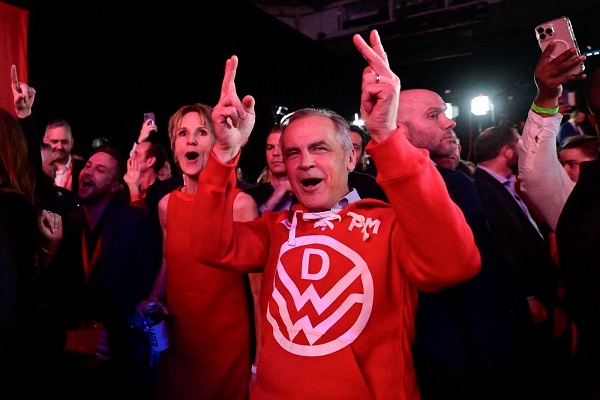
 Bruce Dowbiggin12 hours ago
Bruce Dowbiggin12 hours agoThe Game That Let Canadians Forgive The Liberals — Again
-
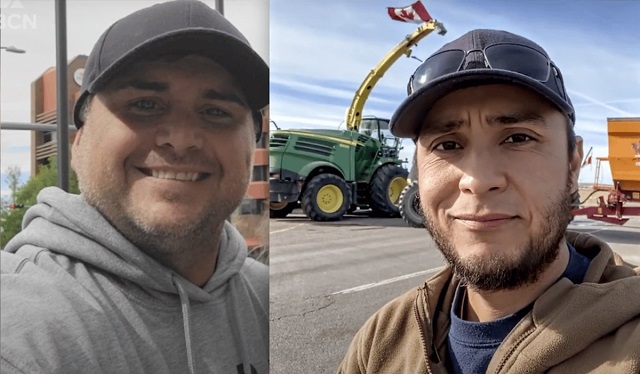
 Alberta1 day ago
Alberta1 day agoCOVID mandates protester in Canada released on bail after over 2 years in jail
-

 Business1 day ago
Business1 day agoCanada’s loyalty to globalism is bleeding our economy dry
-
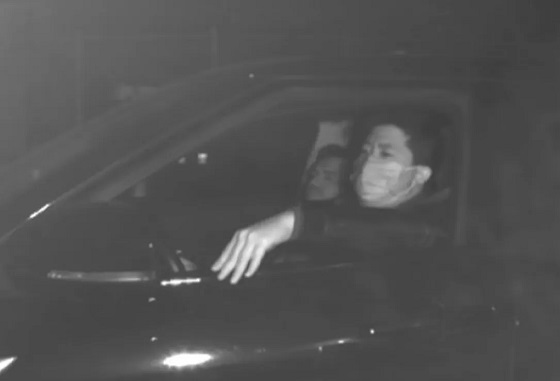
 Crime2 days ago
Crime2 days agoProject Sleeping Giant: Inside the Chinese Mercantile Machine Linking Beijing’s Underground Banks and the Sinaloa Cartel
-

 armed forces1 day ago
armed forces1 day agoCanada’s Military Can’t Be Fixed With Cash Alone




